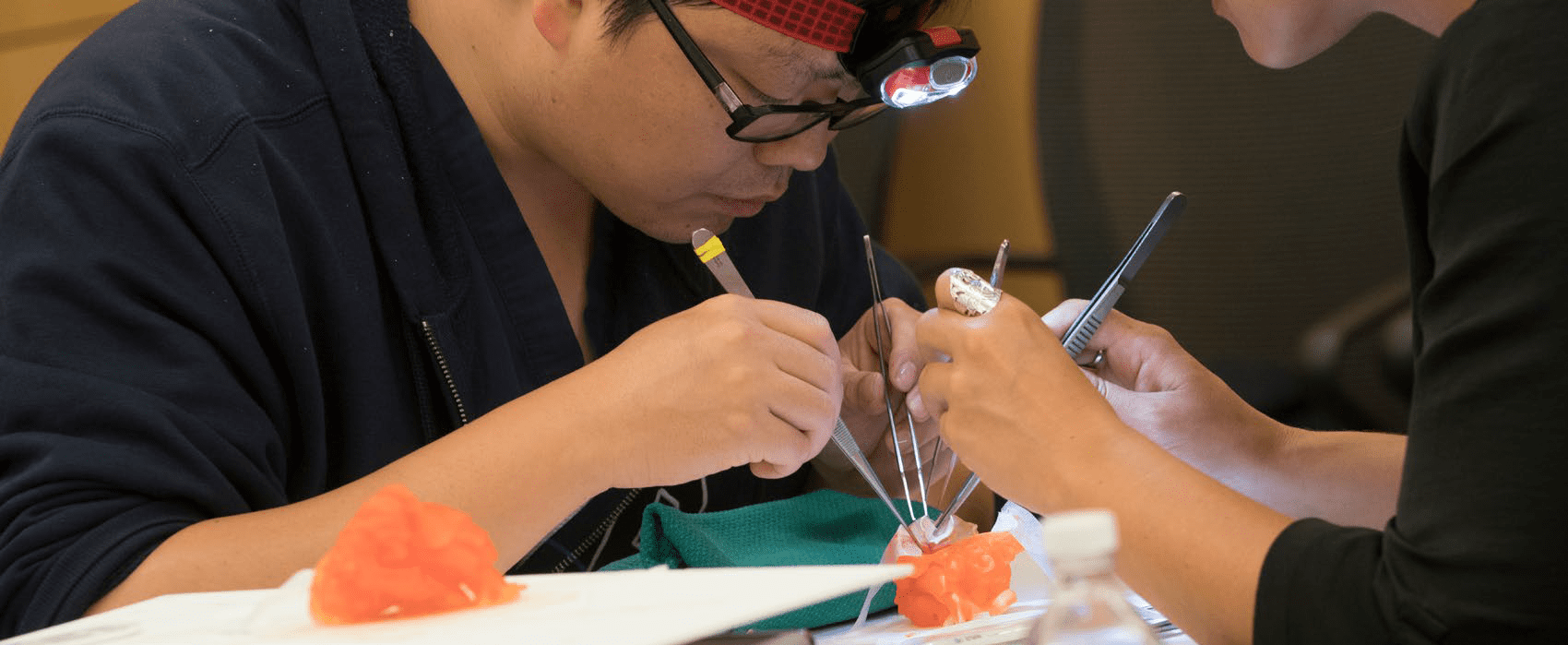It’s become almost cliché to say that 3D printing (additive manufacturing) has revolutionized product design, development and manufacturing across the full range of industry sectors.
To gain a better appreciation of the extent of the revolution – and stepping into the realm of what was previously thought impossible – you need to go no further than the benefits of 3D printing in medicine.
4 Use Cases of 3D Printing in Medicine
The following are areas of the medical field where additive manufacturing has fostered recent innovations.
- Bioprinting
While typical 3d printing materials are plastics and metal, bioprinting uses a computer-driven pipette to precise layer living cells, or bio-ink, to create artificial living tissue.
The results include miniature organs, or organoids, which can be used for medical research and drug development. Bioprinting is also being tested as an alternative to human organ transplants. - Surgical Instruments
Additive manufacturing is ideal for the production of precise, sterile surgical tools, including forceps, scalpel handles and clamps. 3D printed parts allow for an unprecedented level of precision in a remarkably small surgical instrument, which reduces the injury and stress patients can experience. - Surgical Prep
Surgical procedures are complicated by the dire consequences of even the slightest misstep. 3D digital models of a patient’s organ(s) are used to create precise anatomical models on which surgeons can practice complex procedures.
The result is faster, less invasive surgical procedures with minimal trauma to patients. - Custom Prosthetics
Custom prosthetic limbs are not only more comfortable and less stressful for users, but they can also significantly increase the quality of life. Except they can be costly to develop and may take weeks or months to produce.
Conversely, 3D printing services for prosthetics not only reduce costs and slashes production times compared to traditional methods, they also let patients take part in the design of their prosthetics, including modelling the prosthetic to their own limbs.
To learn more about the additive manufacturing revolution, check out our post “3 Ways 3D Printing Will Change the World”.
